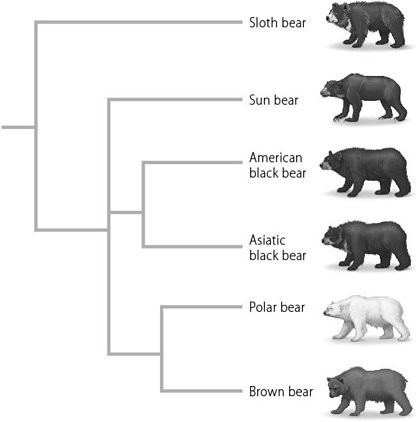Which has the greatest affinity for carbon monoxide?
a. The heme group in hemoglobin associated with the polypeptide chain of hemoglobin.
b. The heme group in hemoglobin unassociated with the polypeptide chain of hemoglobin.
c. The heme group in myoglobin associated with the polypepetide chain of myoglobin.
d. The affinity is the same for heme groups in hemoglobin or myoglobin associated or
unassociated with the polypeptide chains of hemoglobin or myoglobin.
e. The heme group of mutated myoglobin.
B
You might also like to view...
The gastrovascular cavity of a sponge serves important functions in both the circulatory system and the
a. digestive system. b. endocrine system. c. muscular system. d. reproductive system. e. urinary system.
Based on the following phylogenetic tree, is the sun bear more closely related to the sloth bear or to the brown bear? Explain your reasoning.
What will be an ideal response?
Movement
What will be an ideal response?
The RNA polymerase ternary complex includes
a. sigma factor, core enzyme, rho factor, RNA, and DNA. b. sigma factor, core enzyme, RNA, and DNA. c. sigma factor, core enzyme, and DNA. d. sigma factor and core enzyme. e. core enzyme.